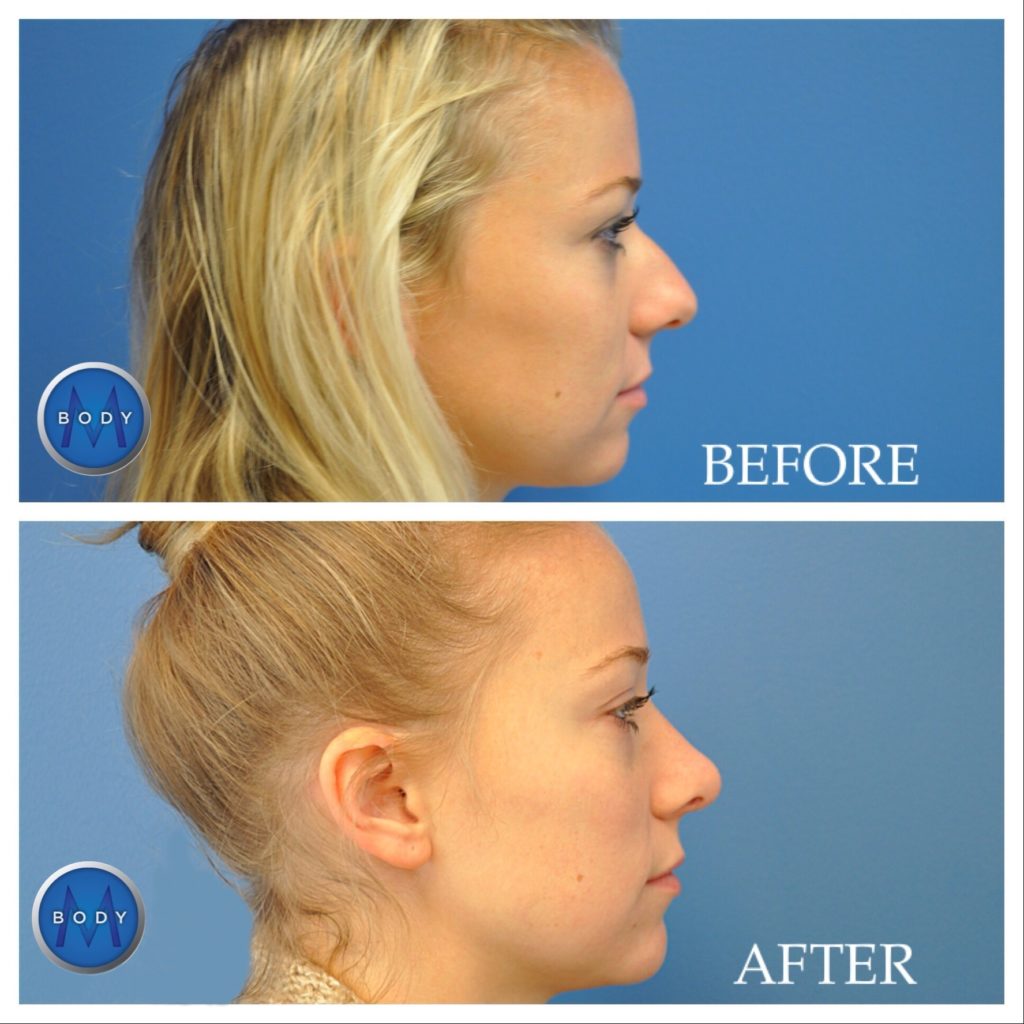The 7-Second Trick For Non-Cosmetic Reasons to Get Rhinoplasty - Raymund J
In the early 20th century, Freer, in 1902, and Killian, in 1904, pioneered the submucous resection septoplasty (SMR) treatment for correcting a deviated septum; they raised mucoperichondrial tissue flaps, and resected the cartilaginous and bony septum (including the vomer bone and the perpendicular plate of the ethmoid bone), maintaining septal support with a 1.


0-cm margin at the caudad, for which developments the technique became the fundamental, basic septoplastic treatment. In 1921, A. Rethi introduced the open nose surgery method featuring an incision to the nasal septum to assist in customizing the pointer of the nose. In 1929, Peer and Metzenbaum performed the very first control of the caudal septum, where it stems and projects from the forehead.
Little Known Facts About Cosmetic rhinoplasty - Vanderbilt Health Nashville, TN.
Cottle (18981981) endonasally solved a septal variance with a minimalist hemitransfixion cut, which saved the septum; thus, he promoted for the useful primacy of the closed nose surgery technique. In 1957, A. Read This promoted the "decortication of the nose" (Dekortication des Nase) technique which featured a columellar-incision open rhinoplasty that permitted greater access to the nasal cavity and to the nasal septum.
Goodman in the later 1970s, and by Jack P. Gunter in the 1990s. Goodman urged technical and procedural development and promoted the open nose surgery approach. [] In 1987, Gunter reported the technical effectiveness of the open rhinoplasty approach for carrying out a secondary nose surgery; his enhanced methods advanced the management of a failed nose surgery. [] Anatomy of the human nose [modify] The structures of the nose [modify] Nasal anatomy: Squamous epithelium is among numerous types of epithelia.
Fascination About Rhinoplasty West Des Moines & Ames, IA - Koch Facial Plastic
For plastic surgical correction, the structural anatomy of the nose consists of: A. the nasal soft tissues; B. the visual subunits and segments; C. the blood supply arteries and veins; D. the nasal lymphatic system; E. the facial and nasal nerves; F. the nasal bone; and G. the nasal cartilages. A.

Middle 3rd area the skin overlying the bridge of the nose (mid-dorsal area) is the thinnest, least distensible, nasal skin, due to the fact that it most complies with the support framework. Lower third area the skin of the lower nose is as thicker and less mobile, due to the fact that it has more sebaceous glands, specifically at the nasal idea.
